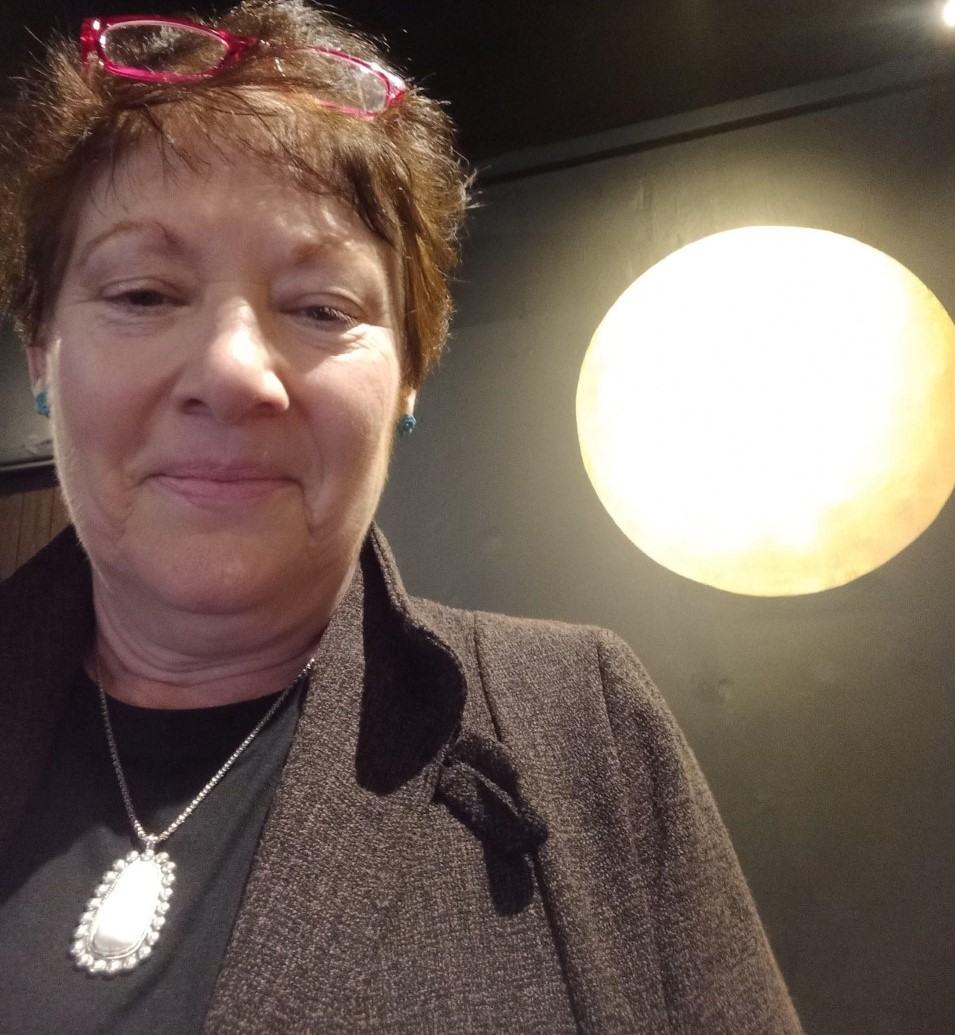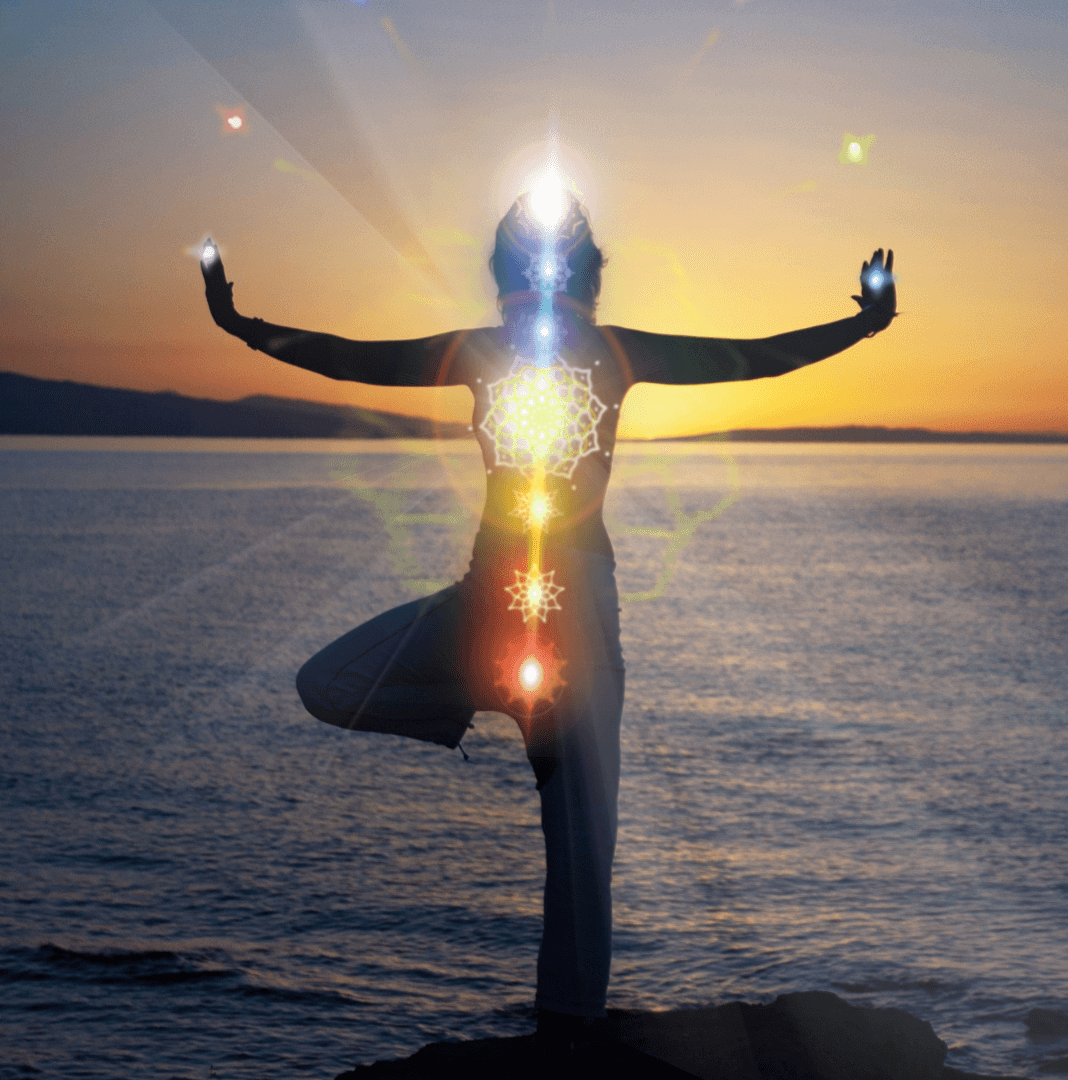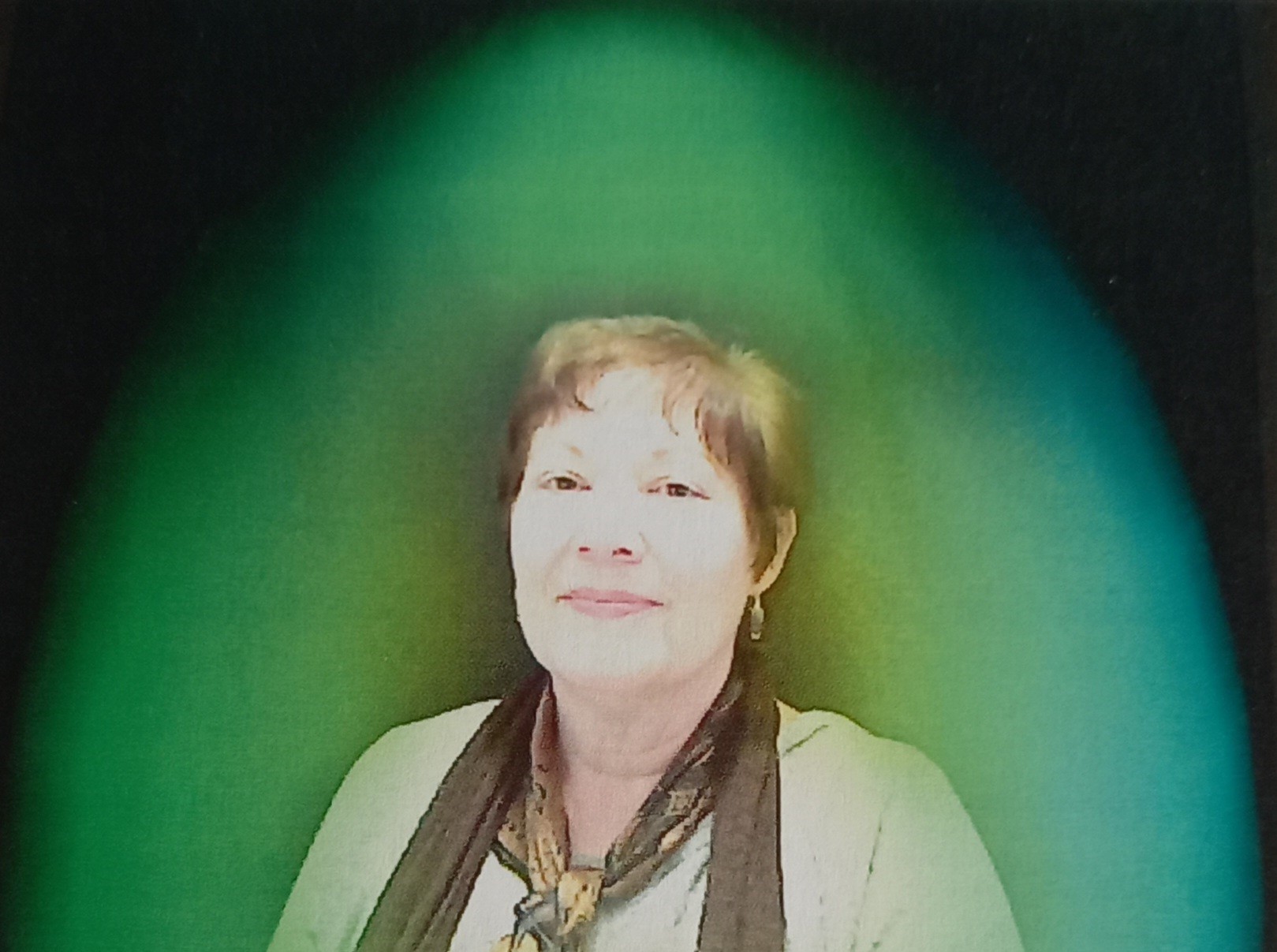Part Four of Four, based on The Spirit of Health: Mind-to-Toe Self-Care for Women
“Most of us sense that the Earth is more than a sphere of rock with a thin layer of air, ocean, and life covering the surface. We feel that we belong here, as if this planet were indeed our home. Long ago the Greeks, thinking this way, gave to the Earth the name Gaia.”
James Lovelock “The Ages of Gaia”
EARTH/MOON ENERGY Once viewed as a geological “non-being,” the Earth is now being embraced as a biological living system—a living “being,” a biosphere. This eco-philosophy and the awareness of the profound interconnection between all things has its roots in many cultures and peoples, including the Greeks, Buddhists, and the American Indians. Ancient wisdom again resurfaces: the wisdom of many who came before us is now being confirmed by contemporary scientists, like a gift from long ago that we have now begun to unwrap. The eyes of contemporary (Piscean) scientists are beginning to view the planet with the clarity of Aquarian vision.
When James Lovelock articulated the Gaia theory, he was giving voice to what many great minds have tried to express for centuries. We are beginning not only to see, but to feel the interconnection between all things. Through the inspiration of Chief Seattle, the phrase “web of life” tells us that indeed we did not weave this web, but are “merely a strand in it,” and that whatever we do to the web, we do to ourselves. This web stretches across the planet and encircles the Earth, like a net supporting life, all life, including our own. After years of study, microbiologist Lynn Margulis, of Boston University, tells us that it is not through combat that life took “over the globe…but by networking.” Working with the “net,” not against it.
In the 1960’s, British atmospheric chemist James Lovelock worked with NASA on a study called the “Viking Project.” In his effort to determine whether or not the planet Mars could sustain life, Lovelock learned about the sustainability of life on our own planet. He hypothesized the Gaia Theory: ”That the Earth is a self-regulating, self-sustaining entity, which continually adjusts its environment in order to support life.”
Putting their expertise together, Lovelock and Margulis, theorized that life is sustained and self-regulated by a complex network of “feedback loops.” In The Web of Life, physicist Fritjof Capra tells us that these feedback loops link together the living and the nonliving systems. Because of the “tight interlocking” between the living and the nonliving parts of the planet, we can no longer think of ourselves as separate—from ourselves, from each other, from other creatures, from the rocks, from the Earth, from our life source!
While researching this “web” on the “Web,” I read about a fascinating example of “coevolved interliving.” In the book, Yearning to be Round, John Caddy describes a day in the life of an African acacia tree. On the lower level of the tree there are large hollow thorns that protect the tree from grazing animals. Inside these thorns lives a community of stinging ants who—in exchange for stinging the heck out of any creature who grazes on these branches—enjoy the privilege of eating the sweet sap from the tree. But its upper branches are accessible to the giraffe, who can easily reach up and over the tree’s ant defense. This long-necked creature has created its own strategies for survival, one of which is eating things like acacia leaves.
These two living entities have reached a compromise that enables them to coexist. When the giraffe starts to eat the leaves from the acacia tree, the tree pumps alkaloids into its leaves so that not only do the leaves taste horrible to the giraffe, but they become poisonous. So the giraffe gets to eat a few leaves from the acacia, but not too many. Seems logical, but here is where it takes on an interesting twist. Caddy tells us that in addition to the acacia tree creating its own “chemical defense,” it sends a signal into the air warning the other acacia trees downwind, who in turn put up their own defense mechanism too! And they do, and the giraffe knows this; so this animal has learned to start eating upwind. The giraffe only gets a few leaves from each tree before they become too bitter; but as long as the giraffe works in harmony with the direction of the wind, it is able to feed on the leaves.
This example describes trees communicating with each other, and giraffes working with the wind. In Caddy’s fascinating book, he says that this situation is a “common pattern” and that coexistence and interliving involves feeding—the transfer of energy. The tree, the giraffe, the ants, and energy—like us, they are all strands in the spectacular planetary web that together we all share!
Like all living beings, the Earth has energy. Unlike the centrifugal force that directs energy in an outward manner and away from its center of rotation, the Earth’s energy is a centripetal force that directs energy in an inward manner and toward its center of rotation. The Earth’s energy spirals and radiates, drawing in and through us. Like the energy of the Earth, the energy of women is also centripetal, and because of this similarity, there is a strong connection between women and the Earth. In Women’s Bodies, Women’s Wisdom, Dr. Northrup gives examples of women’s “inward-pulling energy” such as when “she puts the baby to the breast, accepts the penis into the vagina (if she is heterosexual), and sends chemical signals to encourage sperm to swim toward the egg.” By our very nature, women draw centripetal energy from the Earth, and dynamically it moves through us.
The Moon also has energy, and through celestial mechanics we experience this electromagnetic energy as the gravitational dance between the Earth and the Moon. The Moon is defined as the single natural satellite of the Earth, and it rules all things of a watery nature, such as the tides of the ocean and the rhythms of the body, particularly the bodies of women. A lunar month is also called a synodic month, or a sidereal month, which is a little less than 28 days, or the time it takes for the Moon to return to the same position in the sky. This corresponds intricately with the ebb and flow of our menstrual cycles; even our emotions and our tears seem to flow more readily during that time.
Just as the Moon connects with the ebb and flow of our bodily fluids, it connects with the bodily fluids of the Earth. The word “menses,” which means menstrual flow, has its origin in the words, “month” and “Moon.” The first calendar—created by the ancient Babylonians—was a lunar calendar. By observing the movements of the moon, they became the first people to measure time.
Beyond the rhythm of the tides of the ocean, and what the American Indian women call their monthly “Moonblood,” we often make reference to the psychological effects the Moon has upon people on Earth. Years ago, before the implementation of the “911” emergency service, I was an operator for the phone company. Each month the supervisors would put up a big sign saying, “Have emergency numbers ready—full Moon!” During the full Moon, we tend to feel more emotional; our dreams can become more intuitive and powerful. During the full Moon, a “normal” person seems to become “crazier,” and a “crazy” person will seem to become more of a “lunatic” (from the Latin luna meaning Moon). If we are so organically connected to and affected by the energy of the Moon—something 240,000 miles away—it makes sense that we are similarly connected to and affected by the energy of the Earth, particularly since we’re standing on her!
“The more connected we become with the Earth, the more we are able to sense her distress.”
Dell Gerard
When things “get out of whack,” all living organisms have the ability to restore themselves through a defense mechanism called homeostasis, which means, “to seek balance.” Just as a mother can detect when her children become out of balance, so children are able to detect imbalances in their mother. If indeed the Earth is a living organism, it stands to reason that it also has a homeostatic response mechanism that “seeks balance” and restores balance to ensure its own survival. As her children, could it be possible that we are sensing the planetary plight of our Mother Earth?
The Earth is not just some “thing” we happen to be living upon; as women, we are the very expression of Mother Earth, and thus our own consciousness can readily connect with Earth consciousness. In his article in the Detroit Free Press, (December 2000), entitled, Is This A Wake-Up Call From Mother Earth? Ted Braude, director of New Beginnings Counseling Center in Royal Oak, Michigan, describes a phenomenon that he has been observing for nearly a decade.
Braude says that for years women of all ages and backgrounds have brought to his attention that they are waking up between three and four o’clock in the morning, for no apparent reason. Braude told me that this is more than an individual phenomenon, and that although some men are experiencing it too, it is primarily affecting women. Braude believes that these women are picking up distress signals from the Earth. He makes reference to Reinventing Medicine: Beyond Mind-Body to a New Era of Healing, by Dr. Larry Dossey, wherein Dossey provides bountiful evidence of what he calls the “nonlocal mind,” defining it as something that is unlimited in space and time.
Dossey tells us that modern science is beginning to discover that “nonlocal events” are not science fiction or fantasy, but “part of the fabric of the universe.” Dossey references physicist/author Nick Herbert, an expert on nonlocality, who believes that it “applies not just to the invisible world of atoms and electrons, but to the large-scale domain as well.” Braude theorizes that, “A living Earth permeated with consciousness can quite possibly express its distress and alarm through the nonlocal mind to women all over the planet.”
In the fall of 2001, I noticed that occasionally I felt vertigo, a strange, dizzy feeling, lasting only a few seconds. It felt as if the room “shifted.” When I mentioned this to a friend, she said she too had recently felt something similar; another woman spoke up and said that she had felt the same thing. Shortly after this discussion, I was on the phone with a very wise woman friend when, very strongly, I felt the room “shift” again. I told her about this and she stated that I was probably sensing seismic activity from the Earth. I thought about this, and wondered, could this be true? In the middle of that very night, on the other side of the planet, India suffered a devastating earthquake. My wise friend phoned me the next day and said, “See?”
* * *
The Aquarian Age brings to the table many ideas and concepts (old and new) for us all to ponder, perhaps urging us toward new ways of being and more responsible ways of taking care of ourselves and our planet—and knowing that the two are interlinked, connecting the circle. You can call it anything you want, from eco-literacy, eco-spirituality, eco-feminism, neo-paganism, new paradigm thinking, the rainbow philosophy, to deep ecology and green politics; it doesn’t matter what label is used as long as the point gets across that science and spirituality are beginning to experience a convergence, and that we are all being called upon to act. You can take a scientific approach to the Gaia principle, or you can take an empathetic or spiritual approach, or you could mix it all up! This is simply the recognition of the role we play within our environment, within our “web.” Lynn Margulis said that the living body of the Earth can withstand the loss of a big toe (the whale), but it cannot withstand the loss of a lung (wetlands and rainforests). We have rediscovered an ancient gift and this we must know: it can be kept and cherished, but it cannot be returned.
“Make sure the roots that join us with nature are never severed.”
Dell Gerard
End of Part Four of Four
(Copyright 2001-2025 all rights reserved)



